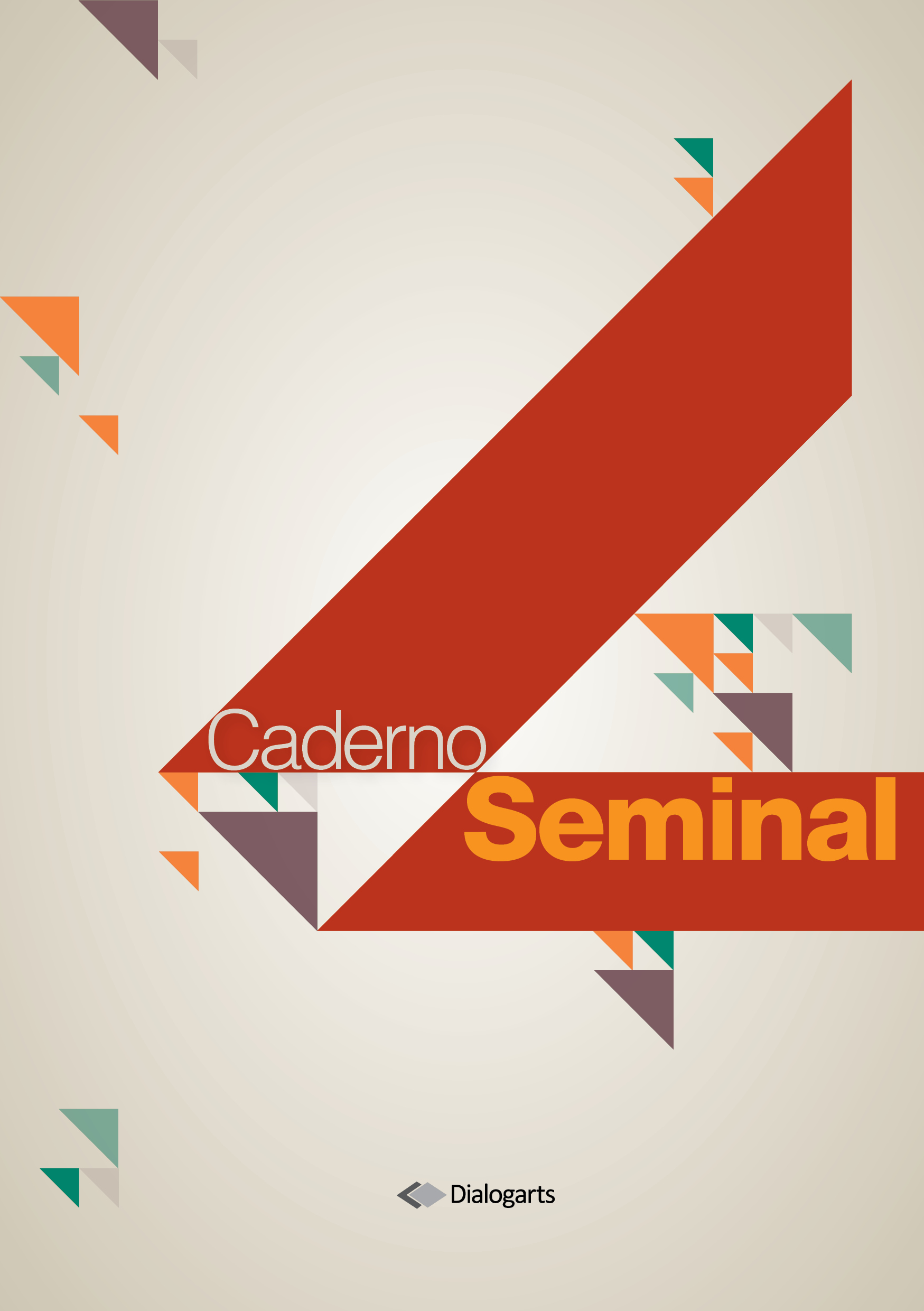OPERADOR ARGUMENTATIVO “TANTO QUE”: DESCRIÇÃO FUNCIONAL E ATIVIDADE DE ENSINO DE GRAMÁTICA
Conteúdo do artigo principal
Resumo
Este trabalho investiga os padrões funcionais do elemento de conexão “tanto que”, atestando a emergência de seu uso como operador argumentativo, um tipo de conector textual-discursivo no âmbito da macrossintaxe, na sincronia do Português Brasileiro (PB). Identificamos as estratégias de articulação dos textos, partindo da ideia de que, para a pesquisa funcionalista, existe uma relação estreita entre as diversas motivações de ordem intra e extralinguísticas que forjam determinadas configurações e moldam modos específicos de dizer. Nesse cenário, elementos de conexão articulam porções textuais, auxiliando a tessitura textual, articulando predominantemente argumentatividade e (inter)subjetividade, sendo recrutados por gêneros discursivos/sequências tipológicas que colaboram para o projeto de texto do autor. Sendo assim, à luz da Linguística Funcional Centrada no Uso, este estudo tem como objetivo central apresentar esse novo uso de “tanto que” caracterizando-o enquanto microconstrução e descrevendo suas propriedades de forma-sentido. Valendo-nos de um corpus sincrônico do PB, composto pela modalidade escrita ou pela escrita como reprodução de fala do site Corpus do Português, realizamos uma análise quali-quantitativa dos dados na primeira etapa da pesquisa. Os resultados parciais apontam que “tanto que” é um operador argumentativo cuja estratégia é acrescentar uma possível comprovação da asserção apresentada na porção textual que o antecede. Por fim, apresenta-se uma proposta de atividade para o trabalho com “tanto que” a partir dos distintos padrões de uso em seus contextos específicos para aplicação no ensino de língua portuguesa no Ensino Médio a partir do eixo “Teorias linguísticas e ensino de gramática”.
Downloads
Detalhes do artigo
Ao submeter seus manuscritos para publicação em nossos periódicos, os autores concordam com os seguintes termos:
a. Autores mantêm os direitos autorais e concedem à revista o direito de primeira publicação, com o trabalho simultaneamente licenciado sob a Creative Commons Attribution License, que permite o compartilhamento do trabalho com reconhecimento de sua autoria e da publicação inicial neste periódico.
b. Autores têm autorização para assumir contratos adicionais separadamente, para distribuição não exclusiva da versão do trabalho publicada neste periódico (ex.: publicar em repositório institucional ou como capítulo de livro), com reconhecimento de sua autoria e da publicação inicial neste periódico.
c. Autores têm permissão e são estimulados a publicar e distribuir seu trabalho online (ex.: em repositórios institucionais ou na sua página pessoal) antes ou durante o processo editorial, já que isso pode gerar alterações produtivas, bem como aumentar o impacto e a citação do trabalho publicado.

